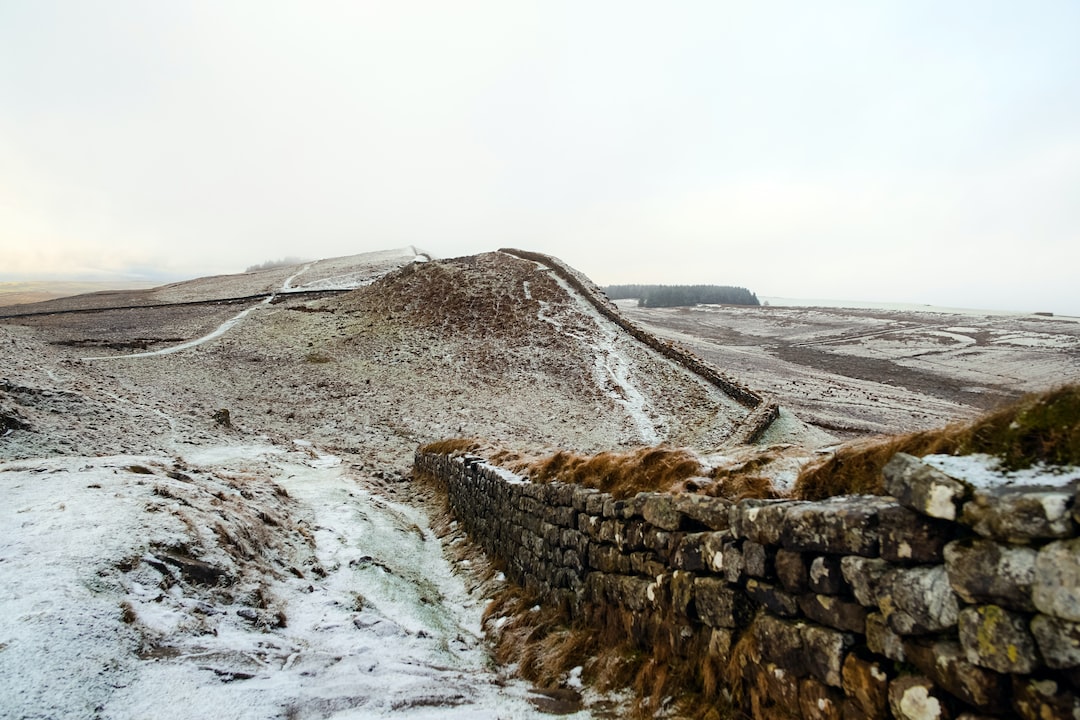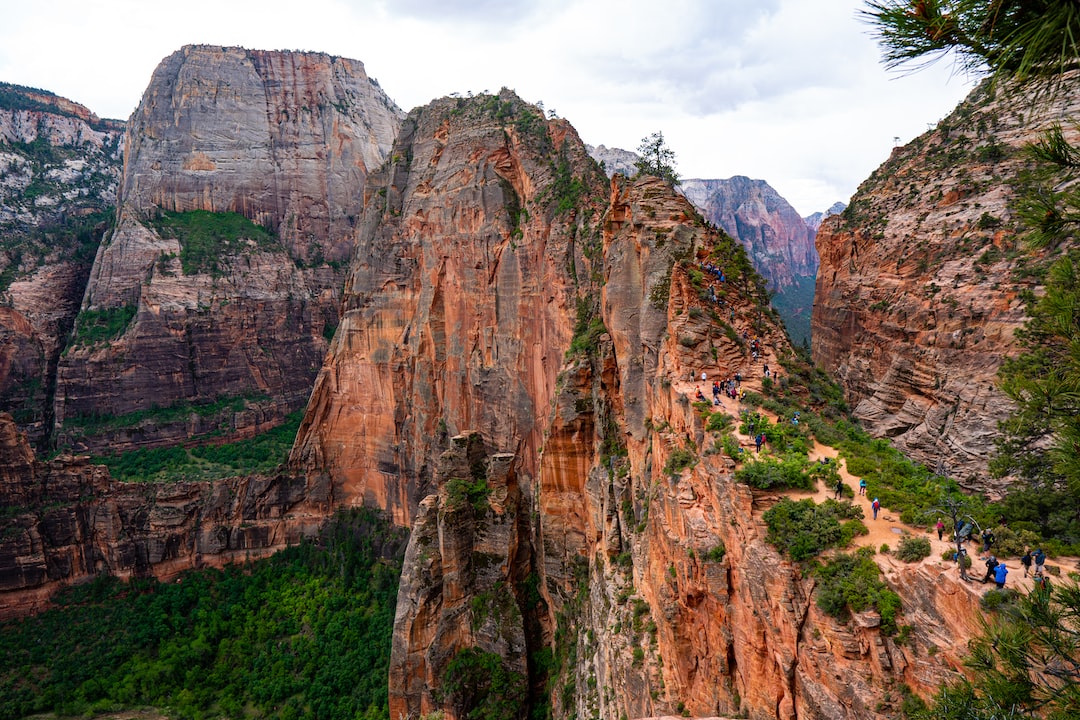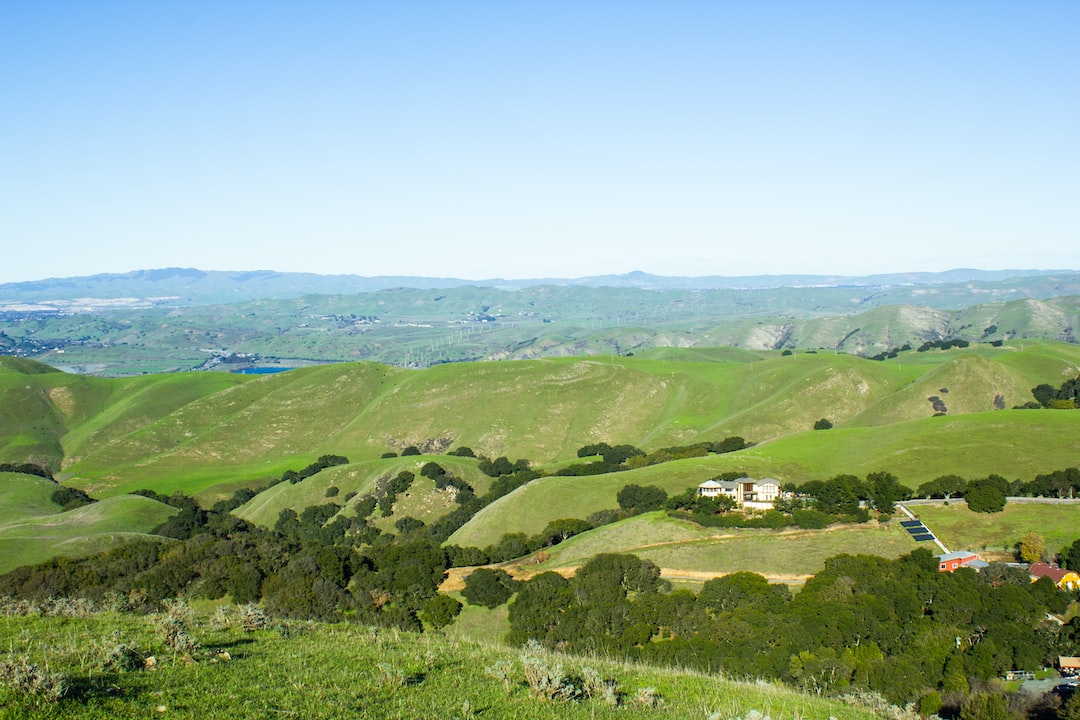As someone who loves hiking and exploring historical sites, I must say that Hadrian’s Wall is truly a remarkable experience to embark on. The journey through rolling hills, lush landscapes, and remnants of the ancient Roman border serves as an extraordinary adventure for both history enthusiasts and trekking aficionados alike. In my experience, I have discovered that preparation and knowledge are key when planning a successful Hadrian’s Wall hike. Throughout this comprehensive guide, you will find all the information required to make your journey an unforgettable experience.
Hadrian’s Wall hike is an 84-mile trek along a UNESCO World Heritage Site in Northern England, built by Roman Emperor Hadrian in AD 122. Traversing the entire wall takes approximately 6-7 days, passing historical landmarks, and diverse terrains. Key highlights include Housesteads Roman Fort, Chesters Bridge Abutment, and Birdoswald Roman Fort. Prepare with adequate clothing, footwear, maps, and a walking guide.
Why should you consider hiking Hadrian’s Wall?
Hiking Hadrian’s Wall is a fantastic opportunity to explore a rich mixture of history, culture, and magnificent landscapes. The wall stretches for around 73 miles (117 km) from the east coast of England to the west coast, serving as an astonishing reminder of Roman Britain’s past. As you hike along its length, you’ll have the chance to survey numerous ruins, forts, and museums showcasing life during the Roman Empire.
In addition, the trek takes you through some of the most beautiful and varied terrains in the UK, from gentle green hills to rugged, windswept crags. The wildlife is abundant; you’ll likely encounter various bird species and perhaps some sheep as you traverse through this picturesque landscape. Finally, a warm sense of camaraderie often develops among fellow walkers as you share experiences, stories, and history along the journey.
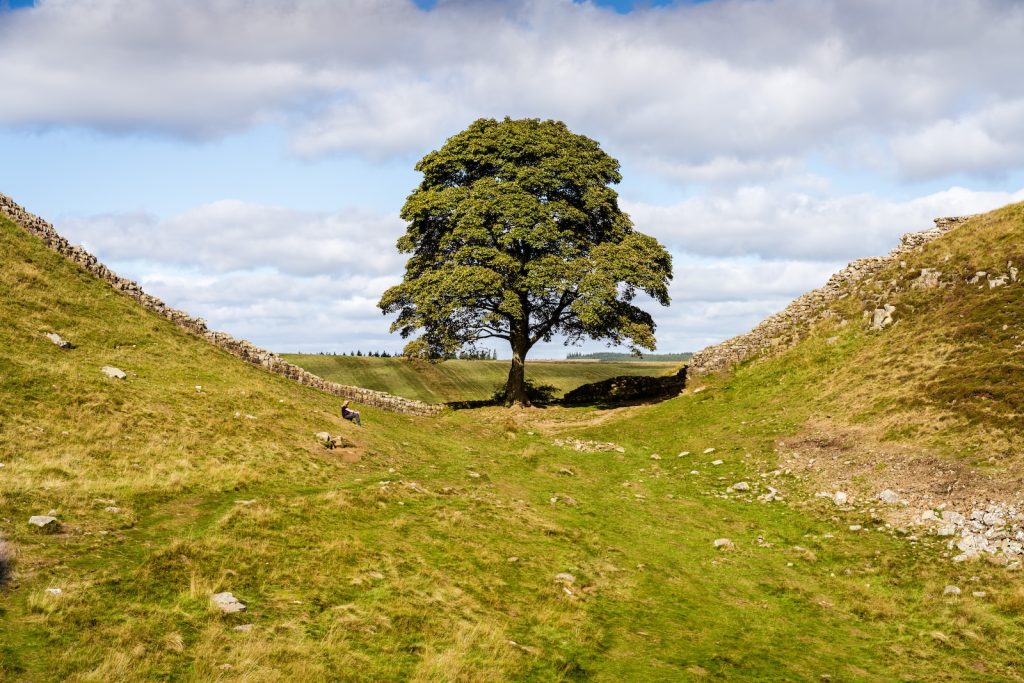
What time of year should you hike Hadrian’s Wall?
When attempting to determine the best time for your Hadrian’s Wall hiking adventure, several factors should be considered. The key aspects to ponder include weather conditions, daylight hours, and the potential for crowding on the trail.
Late spring, typically April through June, is often regarded as an ideal time for a Hadrian’s Wall hike. During this season, you can enjoy some of the longest daylight hours, which allows you to maximize your hiking days. The weather during this time tends to be milder, with a comfortable temperature range for most walkers. It is also a favorable time for birdwatching, as many species migrate to the area for nesting.
However, summer months (July and August) offer warmer and sunnier days, which could be more appealing for some hikers. The drawback is that during the summer, you may likely encounter a higher volume of fellow walkers, tourists, and possibly school groups on the trail. As such, accommodations and attractions might become busier, and advance reservations are highly recommended.
The autumn months (September and October) offer cooler weather and beautiful fall colors, but you may also encounter potentially wetter conditions. It is also essential to consider that daylight hours become shorter as winter approaches. Finally, while it’s not impossible to hike Hadrian’s Wall during the winter months, it is certainly a more challenging endeavor due to harsh weather and limited daylight hours.
How do you prepare for the Hadrian’s Wall hike?
Before setting out on your Hadrian’s Wall expedition, it is crucial to properly prepare both physically and mentally.
Packing essentials for Hadrian’s Wall hike
To make the most of your Hadrian’s Wall hiking experience, it’s important to ensure you have all the necessary gear and equipment. Here’s a list of essentials to include in your packing:
1. Clothing: Opt for lightweight, quick-drying, and moisture-wicking fabrics to maintain comfort during your hike. Layers are crucial, as weather conditions can change rapidly. Pack hiking trousers, shorts, t-shirts, long-sleeved tops, a fleece or light down jacket, waterproof jacket and trousers, and comfortable underwear.
2. Footwear: A good pair of hiking boots or shoes with grippy soles and ankle support is essential. Make sure they’re well broken in before your trip. Pack multiple pairs of hiking socks and blister prevention accessories, such as moleskin or blister bandages.
3. Backpack: Choose a comfortable and supportive backpack with a capacity of 30-40 liters for day hikes or 50-60 liters if carrying overnight gear. Ensure it has a well-designed, adjustable hip belt to distribute weight evenly.
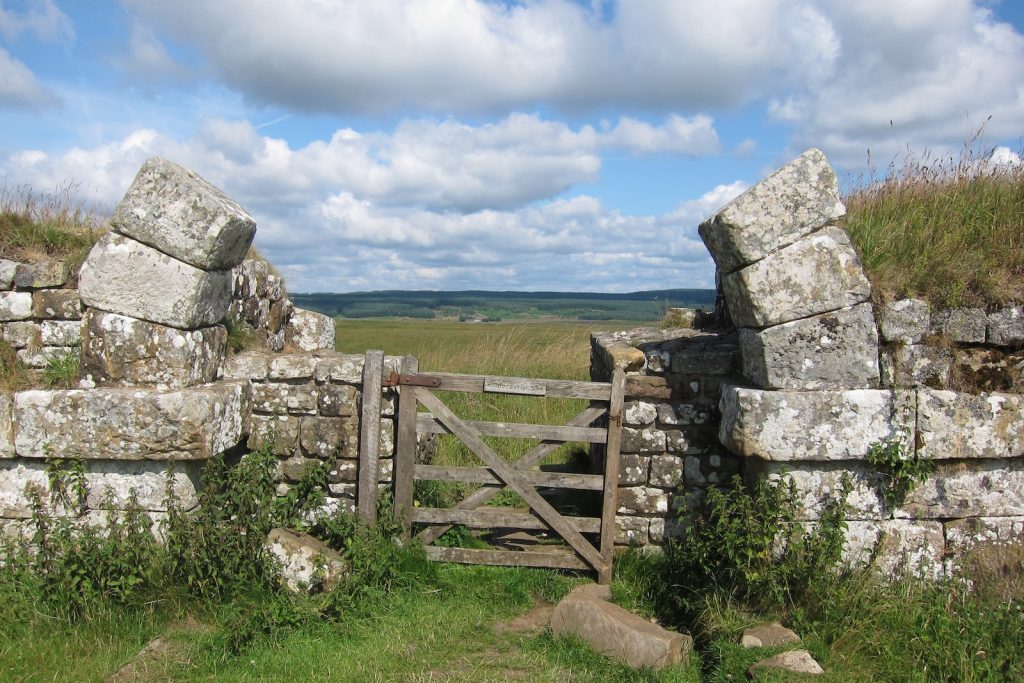
4. Navigation: Carry a detailed guidebook, map, and compass for the Hadrian’s Wall route, as well as a GPS device or smartphone with an offline map app. Learning basic map-reading and navigation skills beforehand will be valuable during your hike.
5. Hydration and food: Pack a reusable water bottle or hydration bladder, and fill up at designated water refill points along the way. Prepare trail snacks, such as nuts, fruit, and energy bars, and plan for meals at pubs, restaurants, or bring a lightweight cooking system for camping.
6. First-aid kit: Include essentials like adhesive bandages, gauze, antiseptic cream, painkillers, tweezers, and personal medications.
7. Emergency supplies: Carry a safety whistle, signaling mirror, a basic survival kit, and a fully-charged mobile phone or satellite communicator for emergencies.
8. Miscellaneous items: Trekking poles, sunscreen, insect repellent, hat, sunglasses, multi-tool or pocketknife, headlamp or torch, toiletries, and a camera.
Transportation and access to Hadrian’s Wall
There are several options for reaching the Hadrian’s Wall Path. Most visitors will fly or travel by train to major cities, such as Newcastle upon Tyne or Carlisle, which are situated at either end of the wall. From there, local bus services can provide access to various points along the route. Northumberland National Park operates a seasonal Hadrian’s Wall Bus (AD122) that connects key sites, accommodations, and train stations along the wall.
If you prefer to drive, it’s worth noting that parking facilities are limited at some points along the trail. Plan and research available parking in advance, and be aware that you’ll need to return to your starting point if leaving a car.
Finally, consider the fact that many guided tours and walking holidays will arrange transportation and accommodation as part of their package, which can simplify your planning process.
Accommodation options along Hadrian’s Wall
Along the Hadrian’s Wall Path, you’ll find various accommodation options to suit different preferences and budgets. Accommodation may include quaint bed and breakfasts, pubs, guesthouses, hostels, and campsites. Some hikers prefer to book accommodations in advance, while others choose to remain flexible and find lodging upon arrival. Keep in mind that during peak season, accommodations can fill up quickly, so it’s essential to either reserve your stays in advance or have a backup plan.
It’s also possible to wild camp along sections of the trail, but make sure to abide by local regulations and adhere to Leave No Trace principles. This ensures that the natural and historical beauty of Hadrian’s Wall is preserved for future generations to enjoy.
With careful planning, adequate preparation, and an enthusiastic spirit, your Hadrian’s Wall hike will undoubtedly be an enriching and unforgettable experience. Delve into the rich history of Roman Britain, absorb the mesmerizing landscapes, and cherish the connections formed with your fellow hikers. Happy trails!
Key sites and attractions along Hadrian’s Wall
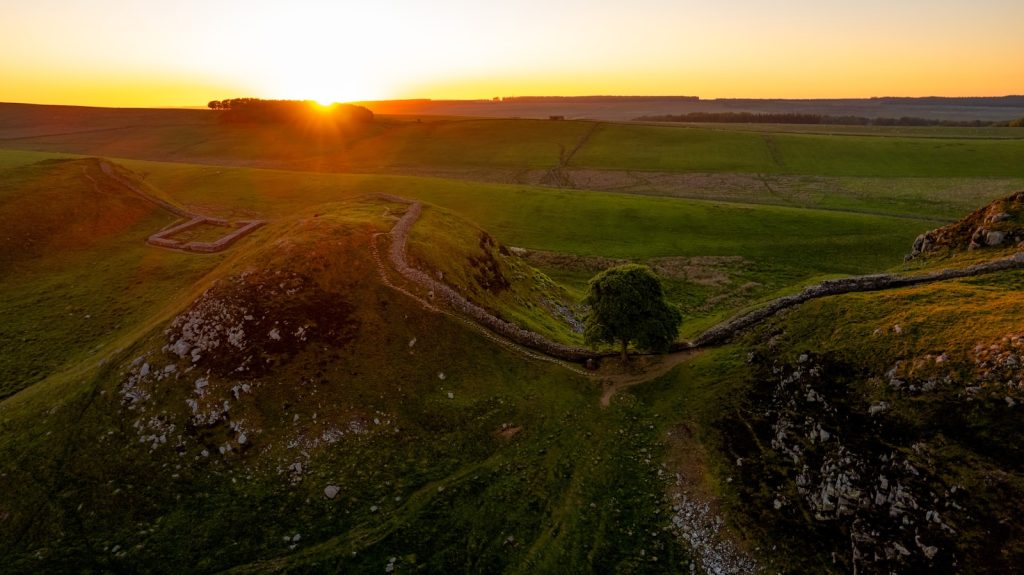
One of the primary appeals of the Hadrian’s Wall hike is the opportunity to immerse yourself in history by visiting numerous fascinating landmarks and attractions along the way. To ensure you make the most of your experience, we have curated the following list of must-see sites:
1. Housesteads Fort: As the best-preserved Roman fort along Hadrian’s Wall, Housesteads Fort offers an exceptional insight into Roman military life. With its museum, ruins, and reconstructed structures, you can envision what life was like for the soldiers stationed there nearly 2,000 years ago.
2. Vindolanda: Situated just south of the wall, this remarkable Roman site is renowned for its extensive excavations, which include a large fort, bathhouses, and a civilian settlement. Don’t miss the Vindolanda Museum, housing thousands of impressive artifacts, including the well-known Vindolanda writing tablets.
3. Birdoswald Roman Fort: Enhanced with a visitor center and exhibition, this fort is strategically located near the longest continuous stretch of the wall. Wander through the ruins and examine how the fort has been repurposed throughout the centuries, from Roman to medieval times and beyond.
4. Chesters Roman Fort and Museum: This riverside fort is famous for its well-preserved bathhouse, showcasing the intricacies of Roman bathing culture. Explore the barracks, stables, and other ruins while enjoying the serene setting along the River North Tyne.
5. Lanercost Priory: Although not a Roman site, this 12th-century priory sits alongside the wall and is well worth a visit for its storied history, stunning architecture, and peaceful ambience.
6. Milecastles and Turrets: Along the wall, you will encounter numerous milecastles and turrets that served as fortifications and watchtowers. Each milecastle is located approximately one Roman mile apart, housing soldiers and providing gateways through the wall. Be sure to visit well-preserved examples such as Milecastle 42 at Cawfields and Milecastle 37 near Housesteads.
7. The Crag Lough Trail: This scenic hiking route edges along Hadrian’s Wall, offering breathtaking views of the craggy terrain, Crag Lough lake, and the vast rolling landscape of Northumberland National Park.
Hadrian’s Wall Path: Suggested itinerary
For those planning to hike the entirety of Hadrian’s Wall, an average itinerary will generally span six to eight days, depending on your desired pace and the amount of time spent exploring sites along the way. To help guide your journey, we suggest the following daily stages:
1. Day 1: Wallsend (East Coast) to Heddon-on-the-Wall
2. Day 2: Heddon-on-the-Wall to Chollerford
3. Day 3: Chollerford to Steel Rigg
4. Day 4: Steel Rigg to Walton
5. Day 5: Walton to Carlisle
6. Day 6: Carlisle to Bowness-on-Solway (West Coast)
For a more relaxed pace or to delve deeper into historical sites, consider adding rest days or dividing the stages into smaller sections. Alternatively, for those with limited time, several shorter hikes are available, focusing on specific areas of interest or trails that showcase remarkable landscapes and iconic sections of the wall.
As you embark on your Hadrian’s Wall hike, remember to respect the environment, preserve the historical integrity of the sites, and maintain a curious and open mindset to learning about this incredible era in British history. The journey will not only provide you with invigorating physical activity but will also enrich your knowledge of the Roman Empire’s lasting impact on the world. Whether you tackle this epic hike solo or share the experience with friends or family, the Hadrian’s Wall adventure will undoubtedly be a treasured memory of your time in the United Kingdom.

